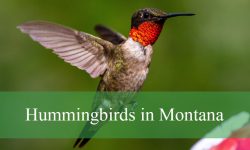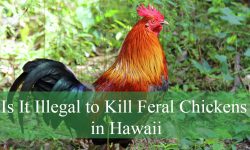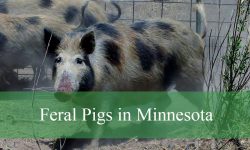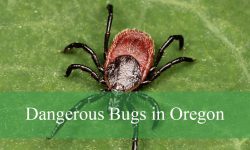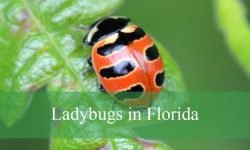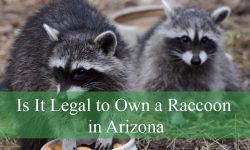Wyoming is home to one of the most fascinating bird species in North America—the sage grouse. Known for its unique behaviors and vital role in the sagebrush ecosystem, the sage grouse has attracted significant attention from wildlife enthusiasts, conservationists, and scientists alike. If you are curious about this remarkable bird, here are the top facts about sage grouse in Wyoming that you should know.
This article dives deep into their habitat, behavior, population trends, and the conservation efforts underway to protect them.
The Sage Grouse: An Icon of the Sagebrush Steppe
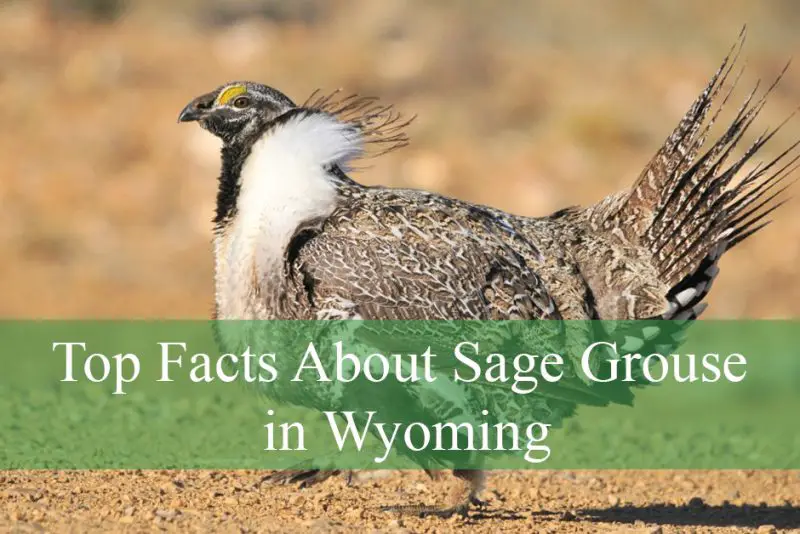
The sage grouse is often described as a symbol of the vast sagebrush landscapes that dominate Wyoming’s plains and basins. This bird’s survival is intricately linked to the health of these sagebrush habitats, which cover millions of acres in the state. The sagebrush ecosystem is not only important for sage grouse but also supports many other species of plants and animals, making it a crucial area for biodiversity.
Wyoming’s sage grouse population is one of the largest in the United States, which makes the state a critical stronghold for the species. The bird’s unique appearance, with its mottled brown and white feathers and the males’ distinctive air sacs used during mating displays, makes it a fascinating subject of study and observation.
Unique Breeding Behavior: The Sage Grouse Mating Dance
One of the most captivating aspects of sage grouse in Wyoming is their elaborate mating ritual. During the spring breeding season, male sage grouse gather in specific areas known as leks. These leks are traditional display grounds where males perform an intricate courtship dance to attract females.
The males puff up their chests, fan their spiky tail feathers, and inflate large yellow air sacs on their necks, producing unique popping sounds that echo across the sagebrush landscape. This visual and auditory display can last for hours each day during the peak of the breeding season. Females visit these leks to select their mates based on the vigor and quality of the males’ performances. This behavior is vital for reproduction and the continuation of the species, but it also makes the birds vulnerable to disturbances during this critical time.
Habitat Requirements and Distribution in Wyoming
The sage grouse is highly specialized in its habitat needs, relying almost exclusively on sagebrush ecosystems for food, shelter, and breeding. In Wyoming, these birds inhabit sagebrush-dominated basins, foothills, and plateaus where sagebrush plants provide year-round cover and food sources such as sagebrush leaves, buds, and insects.
Winter survival is particularly dependent on access to healthy sagebrush, as it serves as the primary food source during the cold months when other vegetation is scarce. The distribution of sage grouse in Wyoming is patchy and closely tied to the availability and quality of sagebrush habitat. Areas where sagebrush has been fragmented or degraded often experience declines in grouse populations.
Population Trends and Conservation Challenges
Sage grouse populations in Wyoming have experienced fluctuations over the years due to various environmental pressures. Habitat loss and fragmentation caused by agricultural expansion, energy development, infrastructure, and invasive species are among the leading threats to the species. These disturbances reduce the quality and continuity of sagebrush landscapes, impacting the birds’ ability to find food, shelter, and suitable breeding grounds.
Additionally, changes in fire regimes have altered sagebrush habitats, sometimes resulting in the invasion of non-native grasses that do not provide suitable resources for sage grouse. Predation and harsh weather conditions also contribute to mortality, especially among chicks and juvenile birds.
Despite these challenges, Wyoming has been proactive in implementing conservation measures aimed at sustaining and recovering sage grouse populations. The state collaborates with federal agencies, private landowners, and conservation organizations to protect crucial habitats and minimize disturbances during sensitive periods like the breeding season.
The Role of Conservation Programs in Wyoming
Wyoming has developed several conservation initiatives to protect sage grouse habitats and promote sustainable land use practices. These efforts include habitat restoration projects, such as replanting sagebrush and controlling invasive species, as well as implementing guidelines to reduce the impact of energy development and other land uses.
The state also participates in the Sage Grouse Initiative (SGI), a voluntary conservation program that encourages ranchers and landowners to adopt practices beneficial to sage grouse and the sagebrush ecosystem. These practices include maintaining healthy rangelands, protecting lek sites, and managing grazing patterns to reduce habitat degradation.
Monitoring and research play an essential role in guiding conservation actions. Scientists in Wyoming use satellite tracking, population surveys, and habitat assessments to better understand sage grouse movements, habitat preferences, and population dynamics. This data informs adaptive management strategies that aim to balance human activities with wildlife conservation.
Importance of Sage Grouse to Wyoming’s Ecosystem
Beyond their fascinating behaviors and status as an emblematic species, sage grouse are important indicators of sagebrush ecosystem health. Their presence and population trends reflect the condition of the sagebrush habitat, which supports many other species such as mule deer, pronghorn antelope, and various birds and pollinators.
The sage grouse’s dependence on sagebrush makes them vulnerable to any significant changes in this ecosystem, so protecting them indirectly helps safeguard a broad array of wildlife and plant species. The interconnectedness of sage grouse with the sagebrush landscape highlights the need for holistic conservation approaches that address the needs of entire ecosystems rather than focusing solely on single species.
Cultural and Economic Significance in Wyoming
In addition to their ecological role, sage grouse hold cultural and economic value in Wyoming. The bird has long been recognized by Indigenous peoples, who regard the sage grouse as part of their natural heritage and spiritual traditions. Hunting sage grouse has also been a part of local traditions, managed carefully to ensure sustainability.
Tourism related to sage grouse watching has grown, attracting bird watchers and naturalists eager to witness the extraordinary mating displays. This form of wildlife tourism contributes to local economies, especially in rural areas near sagebrush habitats. Promoting responsible wildlife viewing supports both conservation awareness and economic development.
The Future Outlook for Sage Grouse in Wyoming
Looking ahead, the future of sage grouse in Wyoming depends heavily on continued and coordinated conservation efforts. Climate change poses an emerging threat by potentially altering the distribution and health of sagebrush habitats. Warmer temperatures and changing precipitation patterns could affect sagebrush growth and increase wildfire risks, further challenging sage grouse survival.
Adaptive management that incorporates the latest scientific findings and community engagement will be essential to address these uncertainties. Wyoming’s commitment to sage grouse conservation, combined with partnerships at regional and national levels, provides a hopeful outlook for the species.
Investing in habitat restoration, improving land-use policies, and raising public awareness about the importance of sage grouse and sagebrush ecosystems remain priorities. Protecting these birds means preserving a unique part of Wyoming’s natural heritage for future generations to appreciate and enjoy.
FAQs About Sage Grouse in Wyoming
What is a sage grouse and why is it important in Wyoming?
The sage grouse is a large bird native to the sagebrush ecosystems of the western United States, including Wyoming. It plays a crucial role in maintaining the health of sagebrush habitats, which support a diverse range of wildlife. Because Wyoming holds one of the largest populations, the species is a key part of the state’s natural heritage.
Where can I typically find sage grouse in Wyoming?
Sage grouse are primarily found in areas dominated by sagebrush, such as basins, plateaus, and foothills. These habitats provide food and shelter year-round. In Wyoming, the birds tend to concentrate around traditional lek sites during the breeding season, which are scattered throughout suitable sagebrush landscapes.
What is unique about the sage grouse’s mating behavior?
During spring, male sage grouse gather at leks—open display grounds—to perform elaborate courtship dances. They inflate large yellow air sacs on their necks, fan their tail feathers, and make distinctive popping sounds to attract females. This ritual is one of the most dramatic wildlife displays in North America.
How are sage grouse populations doing in Wyoming?
Sage grouse populations in Wyoming have faced challenges due to habitat loss, fragmentation, and environmental changes. However, Wyoming has one of the healthiest populations in the country thanks to extensive conservation efforts. Ongoing monitoring helps track their numbers and health.
What threats do sage grouse face in Wyoming?
The biggest threats include loss and degradation of sagebrush habitat caused by agriculture, energy development, invasive species, and wildfires. Disturbance during breeding seasons and climate change also pose risks to their survival.
What conservation efforts are in place to protect sage grouse in Wyoming?
Wyoming has implemented habitat restoration projects, voluntary landowner programs like the Sage Grouse Initiative, and regulations to minimize impacts from development. Scientific monitoring and collaborative partnerships aim to balance human activity with the species’ needs.
Can people observe sage grouse in the wild in Wyoming?
Yes, sage grouse can be observed in the wild, especially during the spring mating season at lek sites. Many nature enthusiasts and bird watchers visit Wyoming to witness the unique courtship displays. It is important to observe from a respectful distance to avoid disturbing the birds.
Why is the sagebrush ecosystem important beyond sage grouse?
The sagebrush ecosystem supports a wide variety of wildlife including mule deer, pronghorn, and numerous bird species. It also maintains soil health and biodiversity. Protecting sage grouse habitats helps conserve this broader ecological community.

